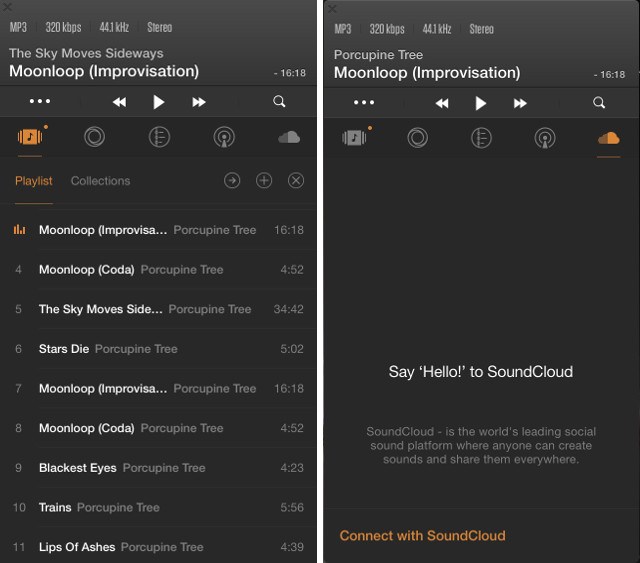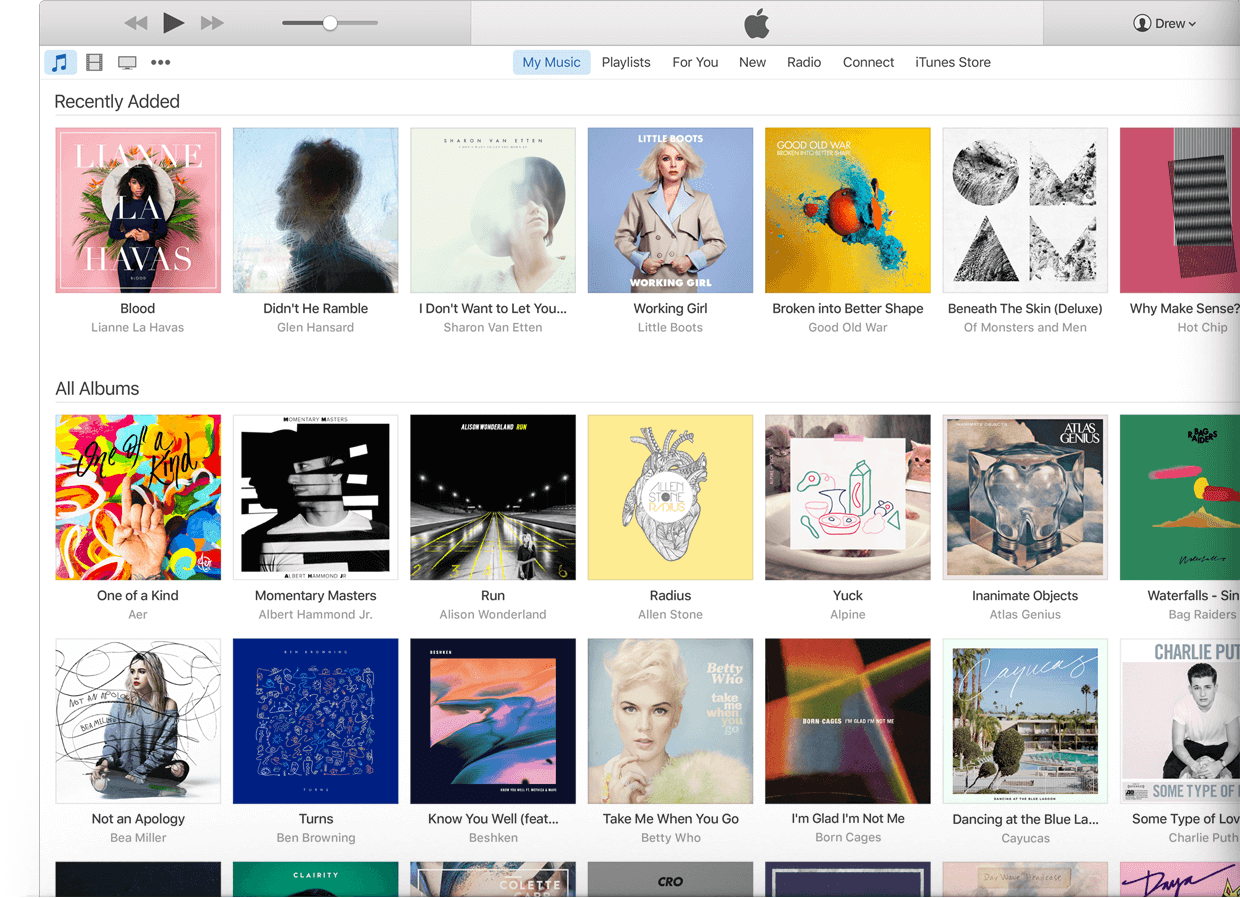

Use Image>Show Info to display the FITS header. ij/download/docs/DICOM_Dictionary.txt.įITS (Flexible Image Transport System) image is the format adopted by the astronomical community for data interchange and archival storage. ImageJ 1.41 and later supportsĬustom DICOM dictionaries, such as the one at The tags are preserved when DICOM images are saved in TIFF format. Imported sequences are sorted by image number instead of by file name and Use File>Import>Image Sequence to import a DICOM sequence. Use Image>Show Info toĭisplay the DICOM header information. Support in ImageJ is limited to uncompressed DICOM files.ĭICOM files containing multiple images open as a stack. Enableĭebugging using Edit>Options>Misc and ImageJ will display the TIFFĭICOM (Digital Imaging and Communications in Medicine) is a standard popular in the medical TIFF files with multiple images of the same type and size open as a stack. TIFF images can be 1-bit, 8-bits, 16-bits (unsigned), 32-bit (real) or RGB color. Additional file formats are supported via Files must be in TIFF, GIF, JPEG, DICOM, BMP, PGM or FITS format.Īlso opens ImageJ and NIH Image lookup tables (with ".lut" extension).

Reads an image and displays it in a separate window. Opens the contents of the operating system clipboard as a new image (requires Java 1.4 or later). Opens the contents of the internal ImageJ clipboard as a new image. Set Slices to a value greater than one to create a stack.Ĭreates a new text window with the title "Untitled.txt". Width and Height specify the image dimensions in pixels. Type is the image type:Ĩ-bit grayscale, 16-bit grayscale (unsigned), 32-bit (float) grayscale or RGB color.įill With (White, Black or Ramp) specifies how the image Name is the title that will be used for the Window.

A dialog box allows you to specify the image title, type, This submenu contains commands for creating new images, stacks or text windows.Ĭreates a new image window or stack. Home | contents | previous | next File Menu


 0 kommentar(er)
0 kommentar(er)
